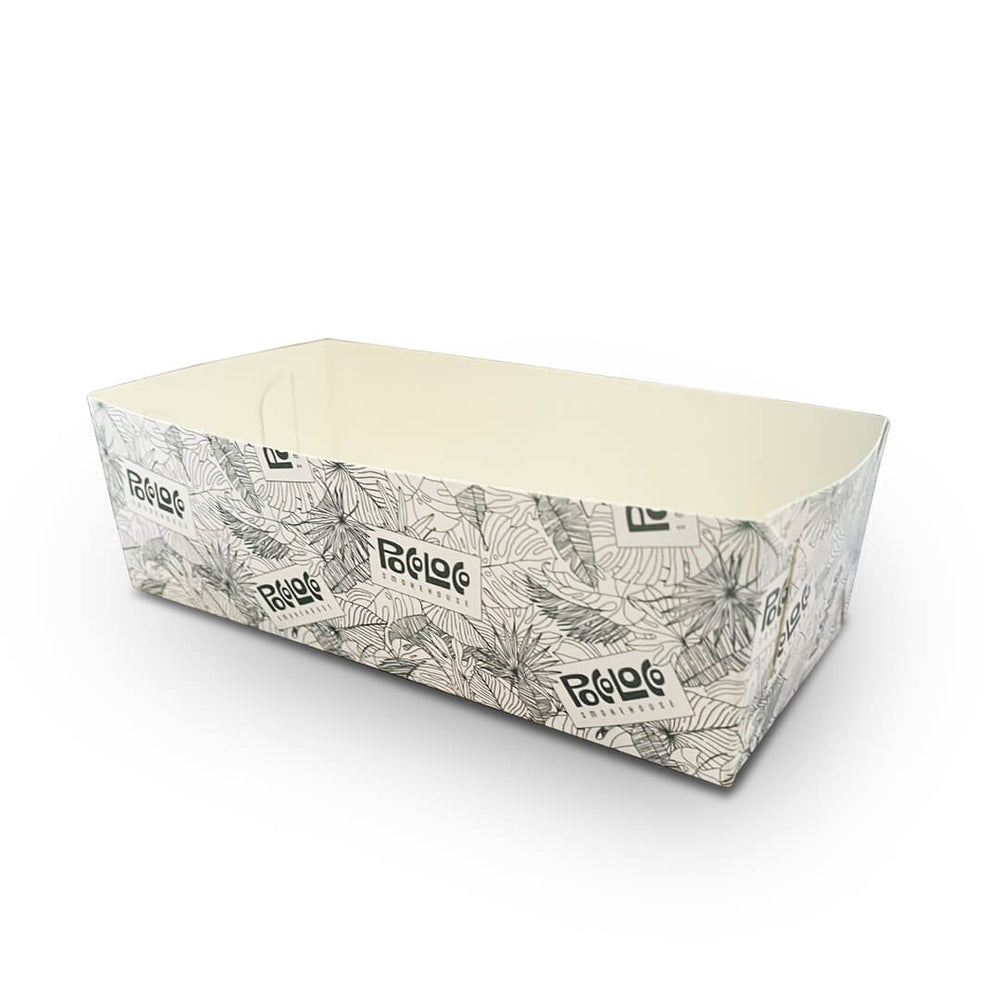Understanding Deli Tissue A New Frontier in Sustainable Packaging
In recent years, the demand for sustainable packaging solutions has been on the rise, driven by environmental concerns and consumer preferences for eco-friendly products. One innovative solution that has emerged in this field is deli tissue, a lightweight paper product traditionally used in delis and specialty food stores to wrap sandwiches, burgers, and other food items. However, the evolution of deli tissue goes beyond its conventional use, leading to a reimagined role in sustainable packaging.
What is Deli Tissue?
Deli tissue is a type of lightweight paper that is typically used to handle food products. It is often waxed or treated to provide some level of moisture resistance and prevent grease from seeping through. Traditionally, delis and restaurants utilized this tissue to ensure foods remained fresh while being easy to serve. However, as businesses and consumers alike have grown more conscious of their environmental impact, the development of eco-friendly deli tissue has gained traction.
The Environmental Impact of Traditional Packaging
Traditional food packaging—such as plastic wrap, polystyrene containers, and aluminum foil—has long been criticized for its contribution to environmental degradation. These materials often end up in landfills, taking hundreds of years to decompose, if they decompose at all. The accumulation of plastic in our oceans and natural habitats has led to devastating effects on wildlife and ecosystems. As a result, consumers are seeking alternatives that can reduce their carbon footprint and align with a more sustainable lifestyle.
The Advantages of Eco-Friendly Deli Tissue
Eco-friendly deli tissue is made from sustainable materials, including recycled paper or plant-based fibers. This type of tissue is biodegradable and compostable, allowing it to break down naturally when disposed of, thereby significantly reducing its environmental impact. Some of the primary benefits of using deli tissue as a sustainable packaging option include
deli tissue

2. Reduced Plastic Use Incorporating deli tissue into food packaging can help minimize the reliance on single-use plastics, which are pervasive in the food industry.
3. Versatility Deli tissue can be used in various applications, from wrapping sandwiches to lining baskets, making it a multi-functional option for food service providers.
4. Cost-Effectiveness Sustainable deli tissue can be produced at a competitive price point compared to traditional packaging solutions, making it an attractive option for businesses looking to enhance their sustainability without breaking the bank.
5. Consumer Acceptance As consumers increasingly opt for eco-friendly products, adopting sustainable deli tissue can improve a brand’s image and appeal, leading to increased customer loyalty.
Challenges and Future Directions
Despite the advantages, there are challenges to be addressed in the widespread adoption of eco-friendly deli tissue. These include the need for better manufacturing processes to produce high-quality, moisture-resistant paper and the potential higher initial costs associated with developing new supply chains.
As technology advances, we can expect to see continued innovation in the materials used for deli tissue. Research into alternative materials and improved processing techniques will optimize performance while keeping sustainability at the forefront.
Conclusion
In conclusion, deli tissue represents a promising advancement in the quest for sustainable packaging solutions. As businesses and consumers strive for environmentally responsible options, this lightweight paper has the potential to replace traditional packaging materials, reduce plastic waste, and ultimately contribute to a more sustainable future. By recognizing and embracing the value of deli tissue, we can make meaningful strides toward a greener planet while enjoying our favorite foods wrapped in eco-friendly products.



